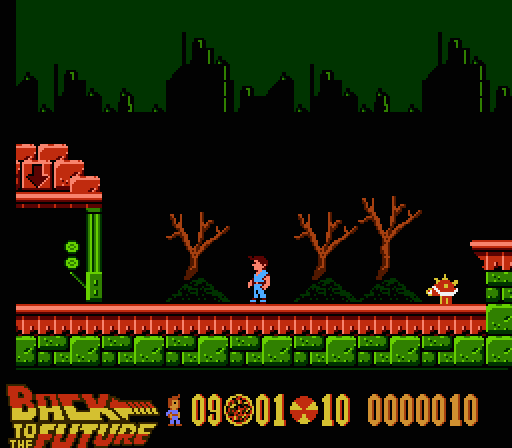The change went like this:
Normally, there are main story missions, and there are side
missions. Side missions can be found
throughout the world, by spotting a character with an exclamation point over
his head. This is par for the course for
MMORPGs.
The game developers decided to make these side missions
replayable. Not a bad thing in itself;
this was to address an issue that some players had dealing with leveling up and
finding other ways to boost their experience (races, investigations,
collections, and briefings offer loads of experience, but I guess a lot of
those are tough to find sometimes).
Again, it's fine that you could replay side missions. The problem comes in where I can't find an
option to turn off the marker for a completed side mission. Normally, there is an exclamation point on
the minimap where the NPC is, as well as an icon above their head, as well as a
big white beam of light surrounding them shooting to the heavens so you can see
where the NPC is from a distance. That's
all well and good, and is quite helpful, but after I've completed the mission
once, that stuff doesn't go away. It
used to, because there was no more reason to have those effects. But now since all missions are replayable, I
don't know what NPCs I've gotten missions from and what ones I haven't without
flying up to them and checking every time I spot one. I don't want to play the side mission over
again. What's the point if I have no
trouble leveling up? It's essentially
their answer to grinding, which was a common RPG problem they managed to get
around.
-1.jpg) |
| Seriously: not even fun back in the day. |
It seems a bit like that's an awfully small thing to get
annoyed about. Maybe it is. But it's often the small things that can make
or break a game.
I have heard an incredible amount of terrible things about
the game Flappy Bird, and apparently it is so despised that the creator
couldn't deal with the verbal abuse of both critics and other game devs and
decided to take the game off the smartphone stores. It was apparently extremely addictive and no
fun at all. (Disclaimer: I have not
played it, this is just what I've read and seen.)
Yet it has also been compared to Helicopter, a classic
old-as-the-Internet game that is incredibly fun, yet not terribly addicting,
just a good time-waster.
What's the difference between the two that caused Flappy
Bird to get so much ire? Maybe it's the
frustration factor: the game is very hard right off the bat. Maybe it's the control: you have to tap the
screen instead of hold down a mouse button.
Maybe it's the obstacles: Flappy
bird basically works with gates, while Helicopter is more like a shifting
tunnel. Minor variations all. Yet somehow, one of them is addicting and
frustrating, while another is the opposite.
 |
| Also, way is way more neon than the other. |
Sometimes all those little details sound like nitpicks, but
on the other hand, having just one hair in your soup is also a "little
detail", but people tend to be completely turned off by it.
I've heard before from designers that it's the vision that
matters, not the details. Seems like
both those games had the same vision, but one of them lost their way on the
details.
Of course vision is important, sure. Some big ideas are just never going to
work. But when you've got something
tried and true, it's the little things that get you. How many terrible platformers were made for the
NES? They all had an excellent model to
go by. Yet many of them failed because
the little details destroyed the game: the jumping controls were just a tad
off, the level design was just a bit too frustrating, the lives or hit counter
was a bit too stingy...
 |
| ...they forgot to watch the movie it was based off... |
It's great to experiment, too. The bad platformers need to exist so we know
what not to do.
And Flappy Bird should have stayed available, I think. Even though it was mostly derided by critics
(and other game devs themselves), it become number one in the smartphone
stores. Why was that? Some decision was made in the design that
made it utterly addicting.
DC Universe online was pretty addicting for me, too. A lot of MMORPGs are. It feel like half the mechanics in those
games are designed to be addicting. Yet
one little change--seemingly for the better--somehow made things so much worse
for me as a player that I don't even feel like playing it ever again.
As far as design goes, I'd never want to compile a giant
list of dos and don'ts and try to make a "perfect" game. That would be pretty absurd. Games are an art form, and it's pretty hard
(certainly at present) to get it down to a science. But there may be some pretty decent rules to
follow, like "don't drop a hair in the soup."
The problem is we still haven't identified what a hair is
yet in games. After so many years, you'd
think we'd notice by now. But I think
we're not noticing the hairs, because there's far too much nicotine that covers
everything.

No comments:
Post a Comment